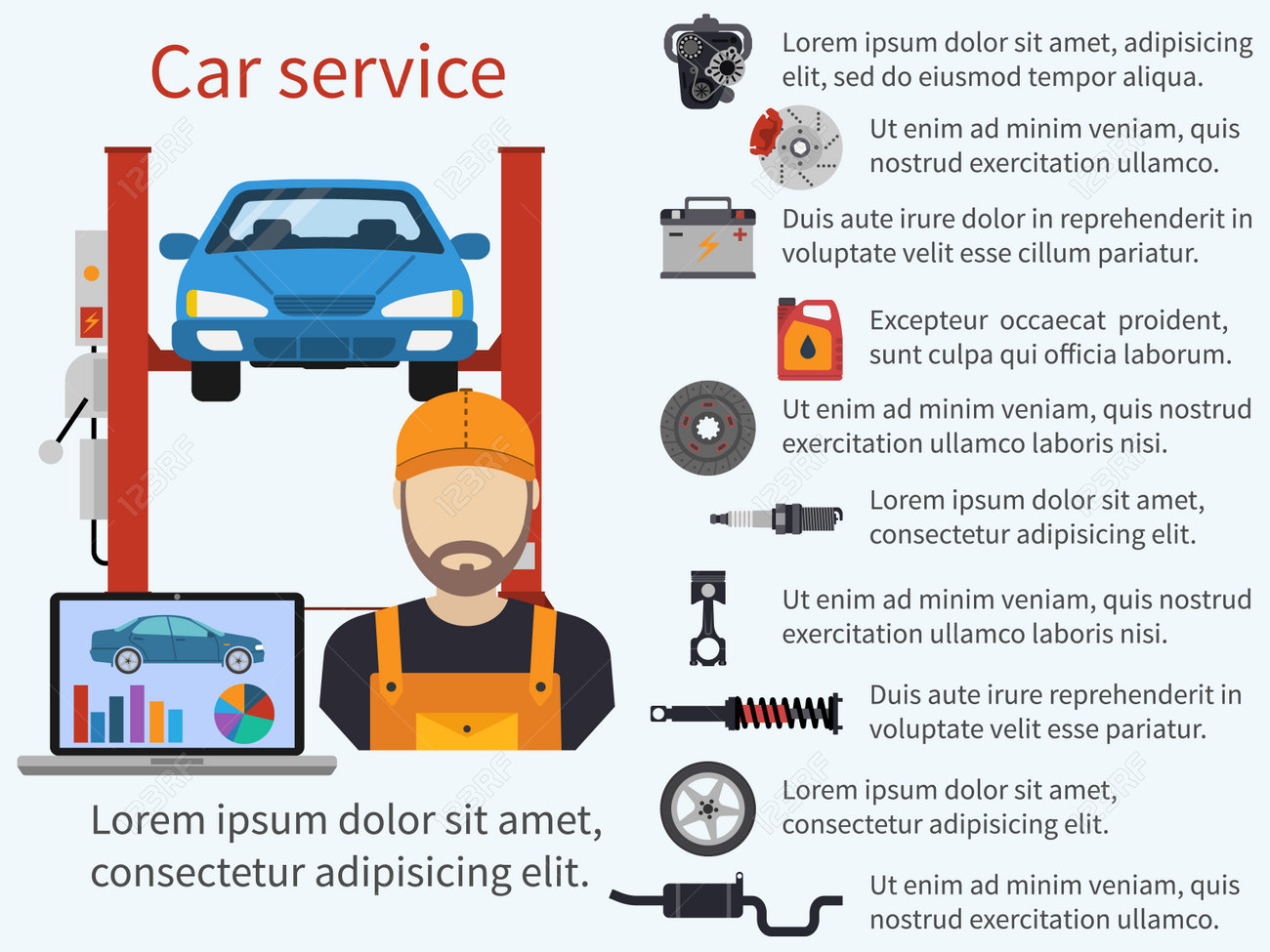Decoding Your Automobile'S Caution Indicators: What They Really Signify
Decoding Your Automobile'S Caution Indicators: What They Really Signify
Blog Article
Authored By-Boye Shepherd
When you're behind the wheel, those beautiful caution lights on your dashboard can be a bit complicated. Do you know what they're attempting to inform you concerning your automobile's wellness? Understanding the importance of these lights is important for your safety and the long life of your vehicle. So, the next time among those lights pops up, wouldn't you wish to analyze its message properly and take the necessary steps to address it?
Common Warning Lighting and Interpretations
Determine usual warning lights in your auto and recognize their significances to ensure risk-free driving.
One of the most typical caution lights consist of the check engine light, which indicates issues with the engine or discharges system. If this light begins, it's essential to have your lorry inspected without delay.
The oil stress alerting light suggests low oil stress, needing immediate attention to stop engine damage.
A flashing battery light may suggest a malfunctioning billing system, potentially leaving you stranded otherwise attended to.
The tire stress monitoring system (TPMS) light notifies you to low tire pressure, affecting lorry security and gas effectiveness. Neglecting this could cause harmful driving problems.
The abdominal muscle light suggests an issue with the anti-lock braking system, compromising your capability to stop swiftly in emergencies.
Lastly, the coolant temperature level warning light warns of engine overheating, which can cause severe damages if not resolved quickly.
Recognizing these common caution lights will assist you attend to problems quickly and preserve safe driving conditions.
Importance of Prompt Focus
Comprehending the common caution lights in your automobile is just the primary step; the relevance of without delay addressing these warnings can not be stressed enough to guarantee your safety and security on the road.
When a caution light illuminates on your control panel, it's your vehicle's means of communicating a possible concern that requires focus. Disregarding these cautions can result in more extreme problems later on, compromising your security and possibly costing you much more out of commission.
Prompt interest to warning lights can avoid breakdowns and crashes. For example, a blinking check engine light could suggest a misfire that, if left ignored, might cause damages to the catalytic converter. Resolving this immediately can conserve you from a costly fixing.
Similarly, car detail clean alerting light could indicate low brake fluid or used brake pads, critical parts for your security when driving.
DIY Troubleshooting Tips
If you discover a warning light on your control panel, there are a few do it yourself repairing ideas you can attempt prior to looking for professional aid.
The first step is to consult your vehicle's guidebook to recognize what the specific caution light suggests. Occasionally the issue can be as straightforward as a loosened gas cap causing the check engine light. Tightening up the gas cap might resolve the problem.
https://ecutunenearme72716.techionblog.com/32121618/exceptionally-practical-mobile-vehicle-describing-services-not-only-save-you-time-and-money-but-also-boost-your-lorry-s-long-life-uncover-just-how-they-can-change-your-routine is a low battery, which can cause numerous warning lights. Examining the battery links for deterioration and guaranteeing they're safe could repair the trouble.
If a warning light continues, you can attempt resetting it by disconnecting the auto's battery for a few minutes and after that reconnecting it. Furthermore, examining your lorry's liquid degrees, such as oil, coolant, and brake liquid, can help fix warning lights associated with these systems.
Final thought
To conclude, comprehending your vehicle's caution lights is necessary for maintaining your car running smoothly and safely. By promptly attending to these notifies and understanding what they imply, you can avoid expensive fixings and possible malfunctions.
Bear in mind to consult your automobile's handbook for certain details on each cautioning light and take action appropriately to ensure a trouble-free driving experience.
Stay educated, remain safe when driving!
